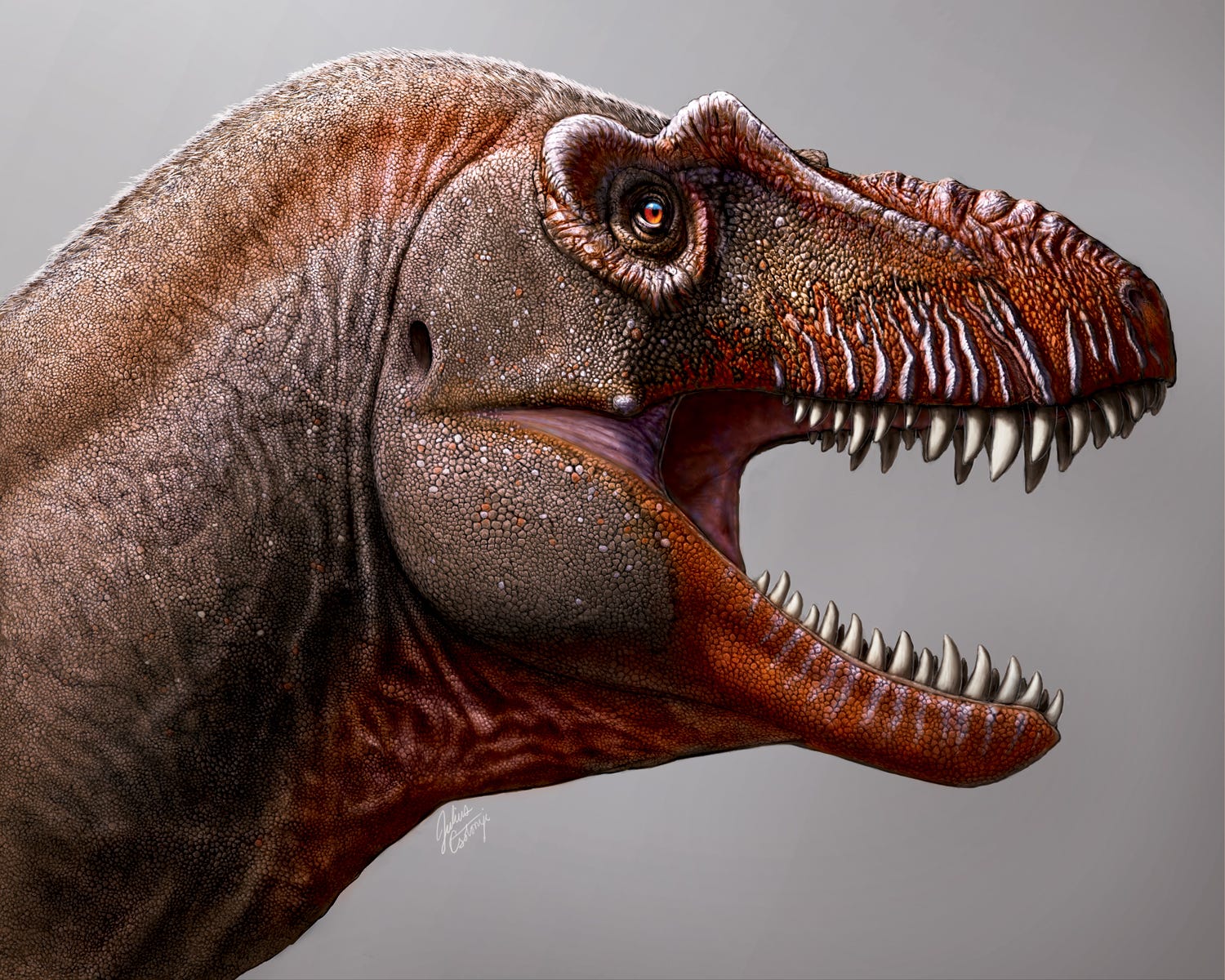- Paleontologists have discovered the oldest known tyrannosaur species seen in North America.
- The researchers describe the dinosaur in a new study – they named it Thanatotheristes degrootorum, which means “reaper of death” in Greek.
- This predator lived 12 million years before the T. rex did, and was 10 feet shorter in length.
- The finding reveals how T. rex’s older relatives differed in their size and preferred prey.
- Visit Business Insider’s homepage for more stories.
The oldest known member of the Tyrannosaur family stalked the plains of southern Alberta, Canada, about 80 million years ago.
That’s the finding of a new study identifying the previously unknown dinosaur. Although the fossils were discovered a decade ago, paleontologists only confirmed that it was a new species – and gave it a name – this week.
The first part of that name, Thanatotheristes degrootorum, means “reaper of death” in Greek.
According to the study, published in the journal Cretaceous Research, the creature was 8 feet tall and the length of a school bus. Weighing 2 tons, it sported 2.7-inch-long serrated teeth set into a skull adorned with pronounced ridges along its snout.
"We chose a name that embodies what this tyrannosaur was as the only known large apex predator of its time in Canada, the reaper of death," Darla Zelenitsky, a paleoecologist and co-author of the new study, told AFP.
"The nickname has come to be Thanatos," she added - the Greek word for "god of death."
Thanatos is not only the oldest known dinosaur of its kind in North America, but also the first tyrannosaur species discovered in Canada since 1970.
The oldest Tyrannosaur on the North American continent
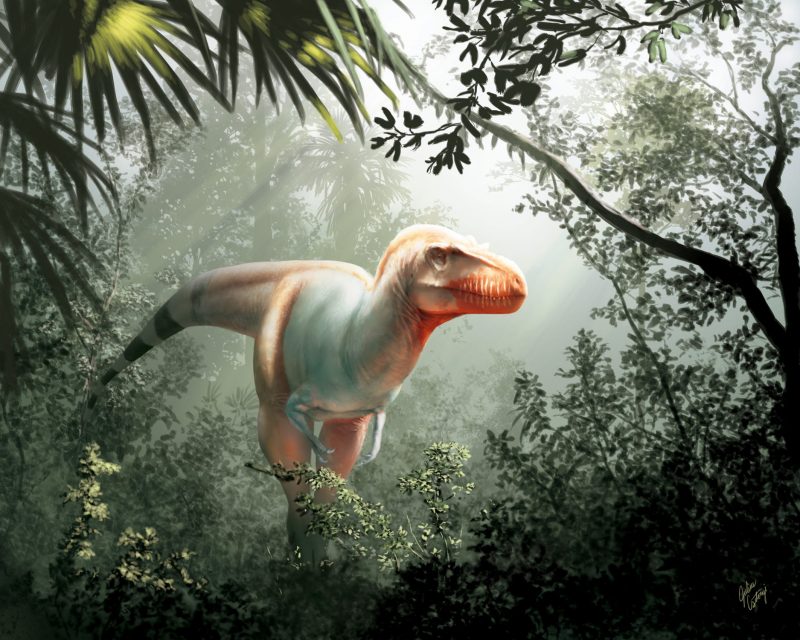
Zelenitsky and her team determined that the Thanatos fossils are 79.5 million years old, making it the oldest known tyrannosaur species ever discovered in the US or Canada.
Tyrannosaurs were a type of carnivorous, bipedal dinosaur called therapods.
The "reaper of death" lived about 10 million years prior to the Tyrannosaurus rex, which lived at the tail end of the Cretaceous period 66 million years ago.
It's also smaller than the T. rex, which could reach lengths of 40 feet and weigh up to 9 tons as a full-grown adult.
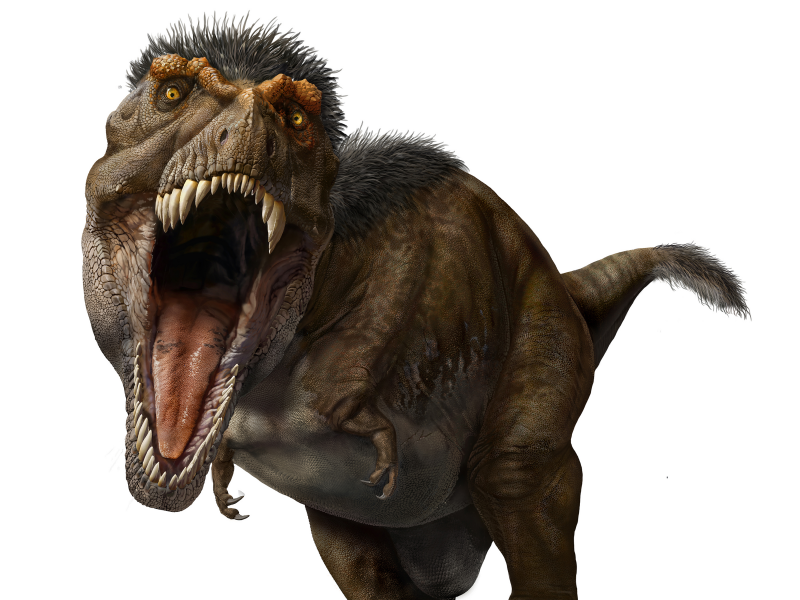
Paleontologists have found three other tyrannosaurs in Alberta over the years: Albertosaurus, Daspletosaurus, and Gorgosaurus. Like the T. rex, these three roamed later than Thanatos, between 77 million and 66 million years ago.
'Scarface' skull helped paleontologists identify Thanatos
The Thanatos remains discovered in Alberta consist of partial skulls and jaw bones with embedded teeth. They were first uncovered in 2010 by John and Sandra de Groot.
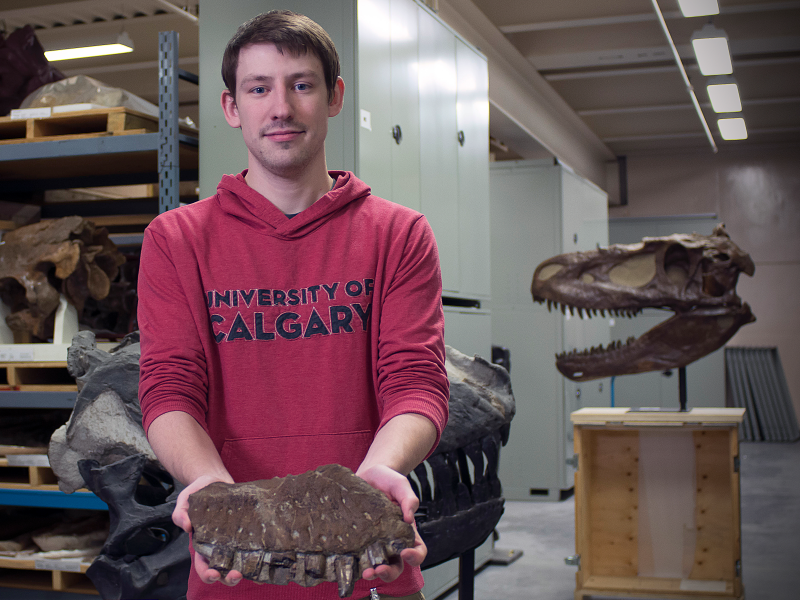
The study authors were able to determine that Thanatos is a new species - distinct from all other tyrannosaurs found in Alberta - by analyzing parts of its skull. The smoking gun, according to lead study author Jared Voris, was a pair of vertical ridges that run the length of Thanatos' upper jaw.
The researchers also found a 4-inch-long scar on the predator's right upper jawbone. That's a clue that the "reaper" might have fought with other dinosaurs.
"It's a Scarface," Scott Persons, a paleontologist who isn't affiliated with the new study, told National Geographic.
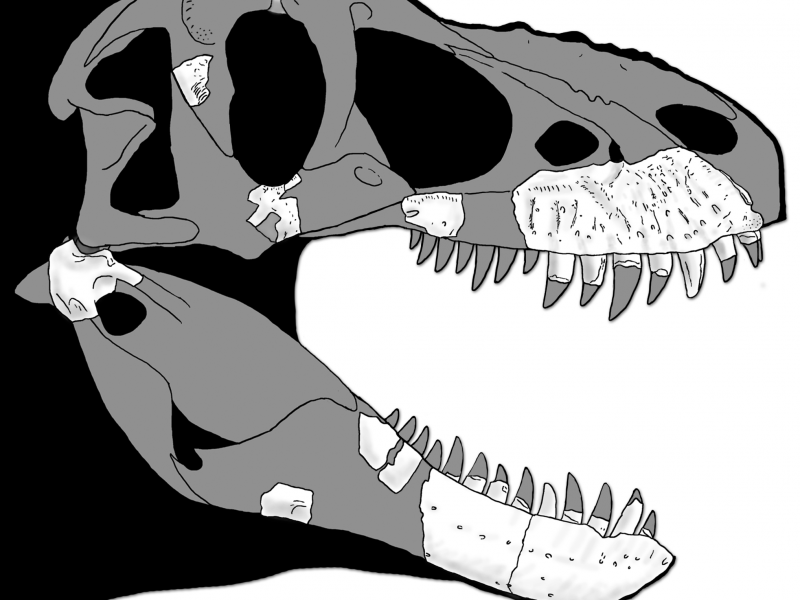
Three Tyrannosaur body types
The study authors said Thanatos' discovery provides further evidence that different clades, or groups, of tyrannosaurs lived and thrived in separate areas of North America between 80 million and 74 million years ago.
The new finding also gives paleontologists new insights into how the T. rex's older relatives differed in size and body shape from their successors.
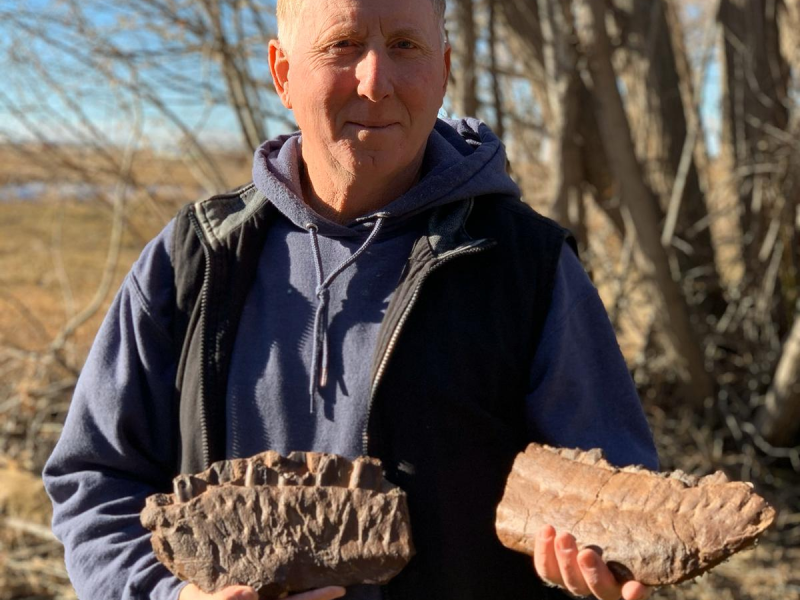
Each group of these dinosaurs had their own "morphotype," or body plan, the researchers said.
Thanatos belongs to a group of hefty tyrannosaurs that had long, deep-snouted faces and lived in southern Alberta and Montana. The Albertosaurus, meanwhile, was a svelter, long-legged tyrannosaur that lived farther north in Canada. The third group, which had stouter, shorter snouts, lived in the southern US.
One possible reason for this variation in tyrannosaur body types is that each clade likely hunted different types of prey.
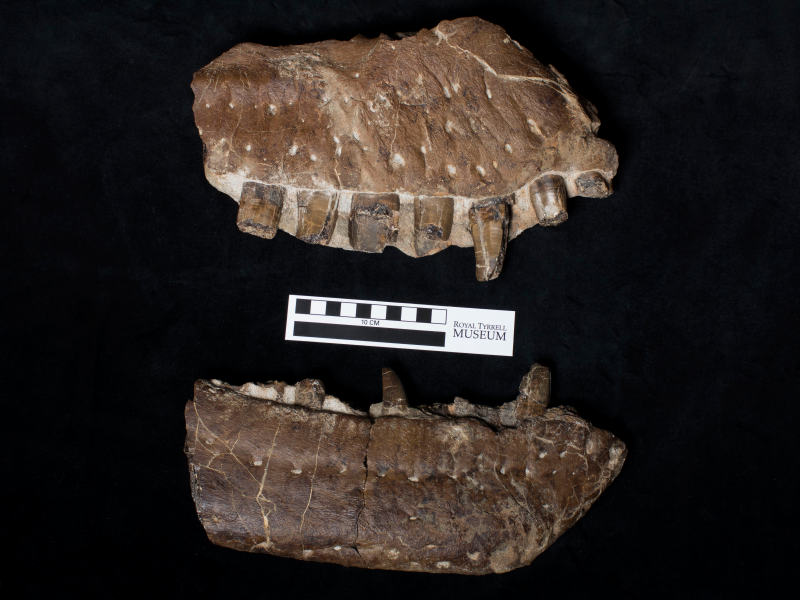
"Tyrannosaurs had a dynamic evolutionary history," Steve Brusatte, a paleontologist who wasn't involved in the study, told National Geographic. He added, "they weren't all monstrous superpredators like T. rex, but there were many little subgroups that had their own domains and their own distinctive body types."

